Home>Garden Essentials>How Does Crop Rotation Minimize Pesticide Inputs
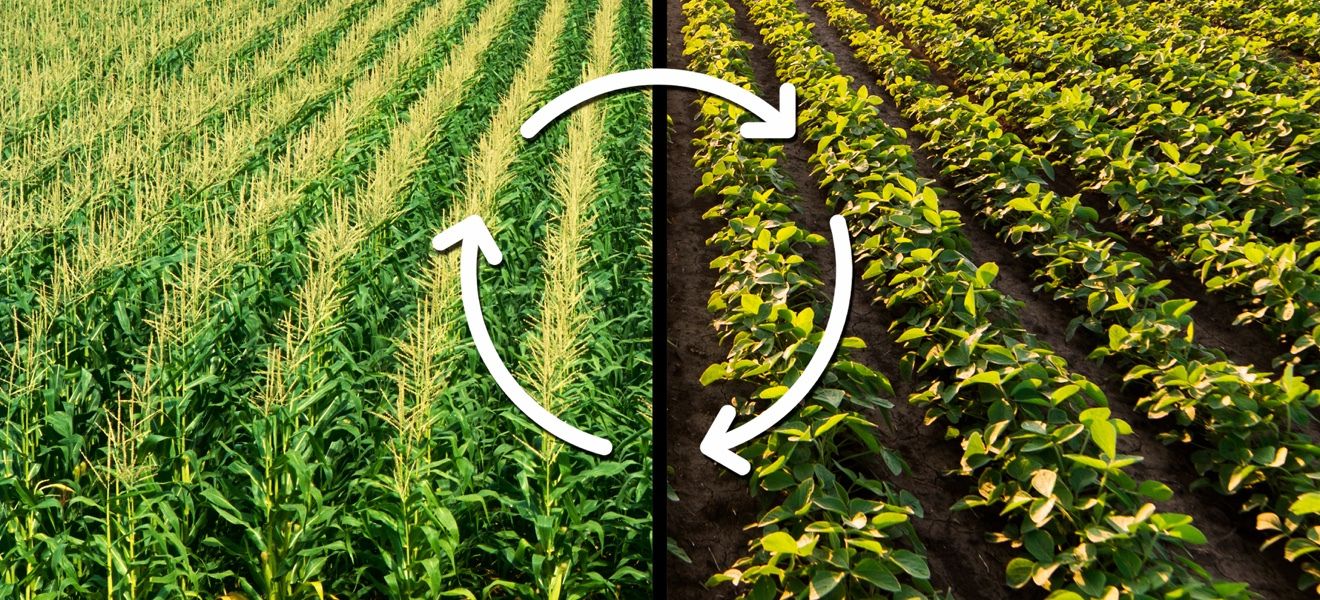

Garden Essentials
How Does Crop Rotation Minimize Pesticide Inputs
Modified: March 25, 2024
Discover the benefits of crop rotation in your garden and how it can drastically reduce the need for pesticides, resulting in healthier and more sustainable produce
(Many of the links in this article redirect to a specific reviewed product. Your purchase of these products through affiliate links helps to generate commission for Storables.com, at no extra cost. Learn more)
Introduction
When it comes to sustainable and environmentally friendly gardening practices, crop rotation is a technique that holds great importance. Not only does it provide numerous benefits for plant health and soil fertility, but it also plays a crucial role in minimizing pesticide inputs. In this article, we will explore the concept of crop rotation, understand its significance in reducing pesticide use, and delve into the benefits and challenges associated with its implementation.
What is crop rotation?
Crop rotation is a practice that involves the systematic planting of different crops in the same area over a period of time. Instead of growing the same crop continuously, gardeners and farmers rotate the types of crops they cultivate, following a specific sequence or pattern. This method helps break the cycle of diseases, pests, and nutrient depletion that can occur when a single crop is grown repeatedly in the same location.
The importance of minimizing pesticide inputs
Pesticides, which include herbicides, insecticides, and fungicides, are commonly used in agriculture and gardening to protect crops from pests and diseases. While they can be effective in controlling harmful organisms, excessive use of pesticides can have detrimental effects on the environment and human health. These chemicals can contaminate water sources, harm beneficial insects and wildlife, and even pose risks to farmers and consumers. Therefore, minimizing pesticide inputs is crucial in promoting sustainable and eco-friendly gardening practices.
How does crop rotation reduce pesticide use?
Crop rotation plays a key role in reducing pesticide use by disrupting pest and disease cycles. When crops are rotated, pests and diseases that are specific to a certain crop are prevented from building up in the soil. Different crops have varying susceptibility to pests and diseases, so by changing the type of crop grown, the pest population is naturally reduced. This reduces the reliance on pesticides for pest control.
Furthermore, incorporating certain crops known as “trap crops” into the rotation can help attract pests away from the main crops. These trap crops act as decoys, luring pests away from the valuable crops and reducing the need for pesticide application. In some cases, beneficial insects can also be attracted to the trap crops, serving as natural predators to control pests.
Key Takeaways:
- Crop rotation reduces the need for harmful pesticides by naturally controlling pests and diseases, improving soil fertility, and supporting biodiversity, leading to healthier and safer food production.
- While crop rotation faces challenges, it plays a crucial role in sustainable agriculture by minimizing pesticide use and promoting a balanced ecosystem, offering hope for a resilient and environmentally friendly food system.
Read more: How Does The Crop Rotation Work
What is crop rotation?
Crop rotation is a fundamental agricultural practice that involves the systematic rotation of different crops in the same area over a period of time. Rather than planting the same crop in the same location year after year, crop rotation follows a specific sequence or pattern, ensuring that a variety of crops are grown in the same plot of land.
This technique has been employed for centuries and is based on the understanding that different plants have varying nutritional needs and interact with the soil in different ways. By rotating crops, gardeners and farmers can take advantage of these interactions to improve soil fertility, manage pests and diseases, and ultimately enhance the overall productivity of their land.
The specific sequence and duration of crop rotation can vary depending on various factors such as climate, soil type, and the specific needs of the crops being grown. However, the general principle remains the same: to break the cycle of pests, diseases, and soil nutrient depletion that can occur when the same crop is grown repeatedly in the same location.
There are several different types of crop rotation systems that can be implemented, including simple rotations, complex rotations, and three- or four-year rotations. Simple rotations involve alternating between two crops, while complex rotations involve a more extensive sequence of crops. Three- or four-year rotations add an additional layer of complexity, allowing for a wider range of crops to be included in the rotation.
One of the key benefits of crop rotation is its ability to disrupt the life cycles of pests and diseases. Different crops attract different pests and are vulnerable to different diseases. By rotating crops, the build-up of pests and diseases specific to a particular crop can be minimized, reducing the need for chemical pesticides.
Crop rotation also helps to improve soil health and fertility. Different crops have different nutrient requirements and root structures, and by rotating crops, the soil is replenished with the necessary nutrients and is not depleted by the continuous demand of a single crop. Additionally, certain crops, such as legumes, have the ability to fix nitrogen from the atmosphere and enrich the soil with this essential nutrient.
Overall, crop rotation is a powerful and sustainable agricultural practice that benefits both plants and soil. By diversifying the crops grown in a particular area, farmers and gardeners can mitigate the risk of pests and diseases, improve soil fertility, and ultimately achieve higher yields and healthier produce.
The importance of minimizing pesticide inputs
Pesticides, which include herbicides, insecticides, and fungicides, are commonly used in agriculture and gardening to protect crops from pests and diseases. While they can be effective in controlling harmful organisms, excessive use of pesticides can have detrimental effects on the environment and human health. Therefore, minimizing pesticide inputs is crucial in promoting sustainable and eco-friendly gardening practices.
One of the main reasons to reduce pesticide use is to preserve biodiversity. Pesticides not only target harmful pests but can also harm beneficial insects, such as bees and butterflies, that play a vital role in pollination. Pollinators are essential for the reproduction of many plants, including food crops, so their decline can have far-reaching ecological consequences.
Pesticides can also contaminate water sources, posing risks to aquatic ecosystems and human health. Runoff from fields treated with pesticides can enter nearby rivers, lakes, and groundwater, affecting the quality of drinking water and harming aquatic organisms. In addition, some pesticide residues can persist in the environment for long periods, further contributing to water pollution.
Furthermore, the excessive use of pesticides can lead to the development of pesticide resistance in pests. When pests are exposed to the same pesticide repeatedly, they can develop genetic mutations that make them resistant to the chemical. This resistance requires higher doses or different types of pesticides to be used, increasing the risk of environmental contamination and raising production costs for farmers.
Minimizing pesticide use also has important implications for human health. Pesticide residues can accumulate in food crops and, when consumed, may have adverse effects on human health, including potential carcinogenic and neurological effects. Pregnant women, children, and individuals with compromised immune systems are particularly vulnerable to the health risks associated with pesticide exposure.
In addition to the environmental and health concerns, reducing pesticide inputs can also have economic benefits. Relying less on chemical pesticides can lead to cost savings for farmers and gardeners. Sustainable pest management practices, such as crop rotation, can help reduce the need for expensive chemical treatments and minimize crop losses due to pests and diseases.
By minimizing pesticide inputs, gardeners and farmers can contribute to the preservation of the environment, protect biodiversity, safeguard water resources, and promote healthier and safer food production. Implementing sustainable pest management practices, like crop rotation, allows for a more balanced and holistic approach to cultivating crops, ensuring long-term sustainability and resilience for our ecosystems and future generations.
How does crop rotation reduce pesticide use?
Crop rotation plays a key role in reducing pesticide use by disrupting pest and disease cycles. When crops are rotated, pests and diseases that are specific to a certain crop are prevented from building up in the soil. Different crops have varying susceptibility to pests and diseases, so by changing the type of crop grown, the pest population is naturally reduced. This reduces the reliance on pesticides for pest control.
Furthermore, incorporating certain crops known as “trap crops” into the rotation can help attract pests away from the main crops. These trap crops act as decoys, luring pests away from the valuable crops and reducing the need for pesticide application. In some cases, beneficial insects can also be attracted to the trap crops, serving as natural predators to control pests.
Crop rotation also improves overall plant health and resilience. By avoiding continuous planting of the same crop, the risk of pests and diseases becoming established and spreading rapidly is reduced. This is because pests and diseases that rely on specific crops for their survival are starved out by the rotation, disrupting their life cycles and preventing population buildup.
Another way in which crop rotation reduces pesticide use is through the improvement of soil fertility. Different crops have varying nutrient requirements and interact with the soil in different ways. By rotating crops, farmers can replenish nutrients in the soil naturally, reducing the need for synthetic fertilizers that can negatively impact the environment.
Rotation also helps break the cycle of soil-borne diseases. Some diseases, like root rot and clubroot, can persist in the soil and infect subsequent plantings of the same crop. However, by rotating to a different crop, the disease-causing pathogens are deprived of their host plants, reducing the need for fungicide treatments.
In addition to reducing pesticide use, crop rotation offers a myriad of other benefits. It helps improve soil structure and water-holding capacity, prevents erosion, and supports beneficial soil microbiota. It can also enhance nutrient cycling and reduce the need for supplemental irrigation, especially when drought-tolerant crops are incorporated into the rotation.
Overall, crop rotation is a powerful tool in reducing pesticide use and promoting sustainable pest management practices. By diversifying the types of crops grown, farmers and gardeners can naturally suppress pests and diseases, improve soil health, and reduce the need for chemical interventions. Implementing crop rotation in garden and agricultural systems not only benefits the environment, but also contributes to the production of healthier and safer food for consumers.
Crop rotation can help minimize pesticide inputs by disrupting pest and disease cycles. By alternating crops, pests and diseases that target specific plants are less likely to build up in the soil, reducing the need for chemical treatments.
Benefits of crop rotation in pesticide reduction
Crop rotation offers numerous benefits when it comes to reducing pesticide inputs and promoting sustainable pest management practices. Here are some of the key advantages of incorporating crop rotation in agricultural and gardening systems:
- Natural pest control: By rotating crops, the population of pests and diseases that are specific to certain plants can be naturally reduced. Different crops have varying susceptibility to pests and diseases, so changing the type of crop grown disrupts their life cycles and helps break the chain of infestations. This reduces the reliance on synthetic pesticides.
- Decreased pesticide resistance: Pests can develop resistance to pesticides when exposed to them for extended periods. However, by implementing crop rotation, which involves using different crops and alternate modes of pest management, the risk of pesticide resistance is reduced. This ensures that pesticides remain effective for longer periods and minimizes the need for more toxic and costly chemical alternatives.
- Improved soil fertility: Crop rotation helps enhance soil fertility and nutrient availability. Different crops have varying nutrient requirements and interact with the soil in different ways. By rotating crops, essential nutrients are replenished naturally, reducing the need for synthetic fertilizers which can harm the environment. Additionally, certain crops, like legumes, have the ability to fix nitrogen from the atmosphere, enriching the soil with this essential nutrient.
- Disease management: Some diseases persist in the soil and can affect subsequent plantings of the same crop. However, by practicing crop rotation, the pathogen’s life cycle is interrupted, providing a break in the disease cycle. This reduces the reliance on fungicides and other disease control measures, resulting in lower pesticide inputs in disease management.
- Enhanced biodiversity: Crop rotation supports biodiversity by providing a variety of habitats for beneficial insects, birds, and other wildlife. Different crops attract different species, creating a diverse and balanced ecosystem. Beneficial insects, such as ladybugs and lacewings, are natural predators of pests and can help control pest populations. By promoting biodiversity, the need for chemical pesticides can be minimized.
- Improved water quality: By reducing pesticide inputs through crop rotation, the risk of pesticide runoff into water sources is significantly reduced. Pesticides can contaminate rivers, lakes, and groundwater, posing threats to aquatic ecosystems and human health. Implementing crop rotation helps protect water quality and promotes a healthier environment.
Overall, crop rotation is a sustainable and effective technique for reducing pesticide use and promoting ecologically balanced pest management practices. It offers a range of environmental, economic, and health benefits, from natural pest control to improved soil fertility and enhanced biodiversity. By incorporating crop rotation into agricultural and gardening systems, we can move towards a more sustainable and resilient approach to food production while minimizing the negative impacts of pesticide use.
Read more: How Does Crop Rotation Help Crop Yield
Challenges and limitations of crop rotation in minimizing pesticide inputs
While crop rotation is a valuable practice for reducing pesticide inputs and promoting sustainable pest management, it does come with certain challenges and limitations. It’s important to be aware of these factors in order to effectively implement and optimize the benefits of crop rotation:
- Complexity of crop selection: Choosing the right crops for rotation can be challenging as different crops have varying growth requirements and interact with the soil in different ways. Factors such as climate, soil type, and market demand must be considered when selecting crops for rotation. Additionally, some crops may have specific rotational requirements, such as fallowing periods or specific cover crops, which can add complexity to the rotation plan.
- Limitations in small-scale gardening: Crop rotation may be more challenging to implement in small-scale gardening systems where space may be limited. In such cases, crop diversification within individual beds or containers becomes more important. Additionally, the availability of suitable crop varieties and the need for continuous harvests can further complicate the implementation of crop rotation on a small scale.
- Management of pests and diseases: While crop rotation can help reduce pest and disease pressure, it is not a foolproof solution. There may be cases where certain pests or diseases that are not specific to a particular crop can still persist in the rotation. Integrated pest management practices, such as regular monitoring, use of biological controls, and cultural practices like proper sanitation, are still necessary to effectively manage pests and diseases.
- Challenges in perennial crops and orchards: Crop rotation is more commonly practiced in annual cropping systems. However, in perennial crops like orchards, vineyards, and fruit trees, implementing crop rotation can be more challenging. These long-term crops require special considerations in terms of spacing, pruning, and pest management. Alternatives such as intercropping and companion planting can be explored in these situations to maximize pest control benefits.
- Economic considerations: Crop rotation may require additional planning, labor, and investment in terms of sourcing seeds, adjusting equipment, and implementing new cultural practices. There can also be short-term yield reductions as crops may take time to establish and may not be as productive as specialized monoculture. Balancing the short-term costs and long-term benefits of crop rotation can be a challenge for farmers and gardeners, particularly in highly competitive markets.
- Climate limitations: In certain climates, the range of crops suitable for rotation may be limited. Cold or dry climates may restrict the variety of crops that can be grown successfully, reducing the options for diversification. However, exploring climate-adapted and regionally specific crop varieties can help overcome these limitations.
Despite these challenges and limitations, crop rotation remains a valuable practice in minimizing pesticide inputs and promoting sustainable agriculture. By understanding and addressing these factors, farmers and gardeners can find innovative ways to implement crop rotation effectively and reap its many benefits.
Conclusion and future prospects
Crop rotation is a powerful tool in minimizing pesticide inputs and promoting sustainable pest management practices. By diversifying the types of crops grown and breaking the cycle of pests, diseases, and nutrient depletion, crop rotation offers numerous benefits for plant health, soil fertility, and the environment.
Through the implementation of crop rotation, pests and diseases that are specific to certain crops can be naturally suppressed, reducing the reliance on chemical pesticides. The strategic use of trap crops and the attraction of beneficial insects further enhance pest control. Additionally, crop rotation helps improve soil fertility, manage soil-borne diseases, and support biodiversity, contributing to overall ecosystem health.
While crop rotation does come with its challenges and limitations, such as complex crop selection, management of pests and diseases, and economic considerations, ongoing research and innovation are addressing these issues. There is a growing interest in developing regionally specific crop rotation plans and adopting precision agriculture techniques to optimize the benefits of crop rotation.
Furthermore, the future of crop rotation lies in integrating it with other sustainable farming practices. Conservation tillage, cover cropping, and organic farming methods can further enhance the positive outcomes of crop rotation in pesticide reduction and overall ecological balance. These practices work synergistically to minimize soil erosion, improve water quality, enhance carbon sequestration, and reduce greenhouse gas emissions.
Education and knowledge transfer are also essential in ensuring the widespread adoption of crop rotation. Farmers, gardeners, and agricultural professionals should be provided with resources and training on the principles and techniques of crop rotation, as well as the latest research and advancements in sustainable pest management.
In conclusion, crop rotation plays a critical role in minimizing pesticide inputs and promoting sustainable agriculture. By embracing the benefits of crop rotation and addressing its challenges, we can move towards a more resilient and environmentally friendly food production system. With ongoing research and innovation, crop rotation, combined with other sustainable practices, holds great promise for a future where we can meet our agricultural needs while preserving the health of our planet.
Frequently Asked Questions about How Does Crop Rotation Minimize Pesticide Inputs
Was this page helpful?
At Storables.com, we guarantee accurate and reliable information. Our content, validated by Expert Board Contributors, is crafted following stringent Editorial Policies. We're committed to providing you with well-researched, expert-backed insights for all your informational needs.
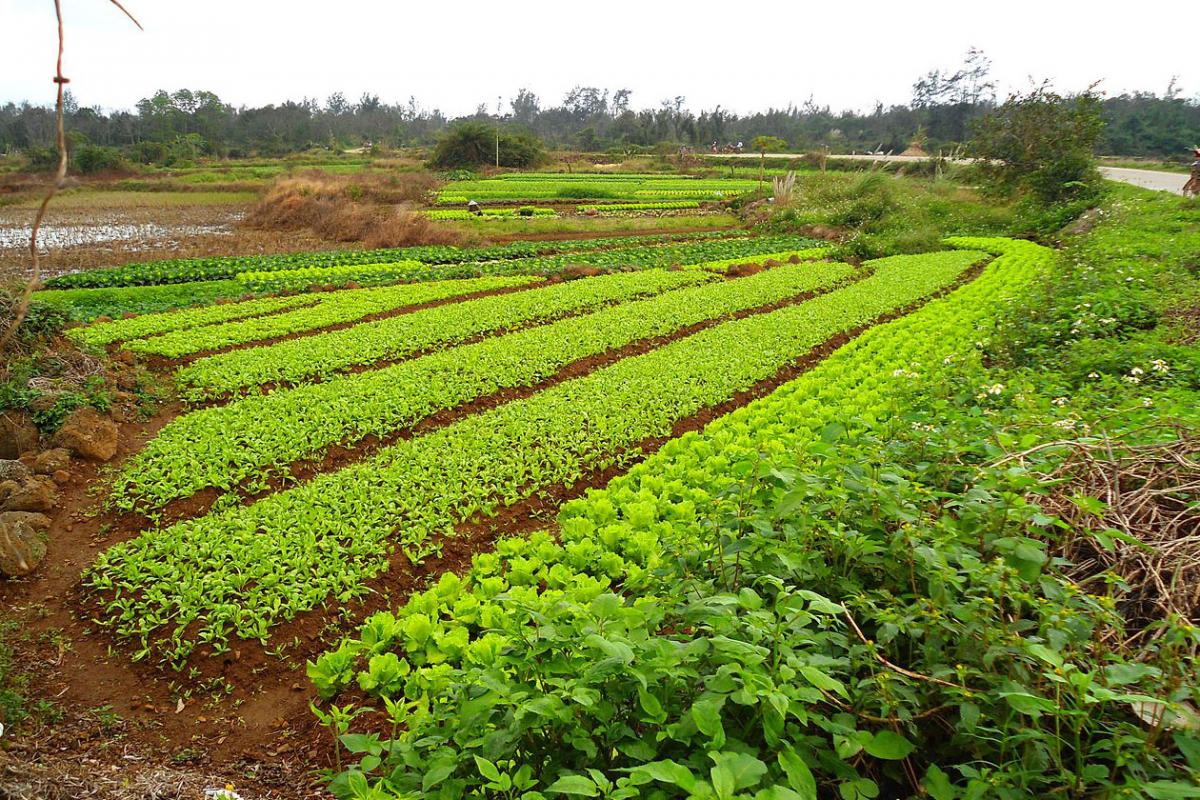

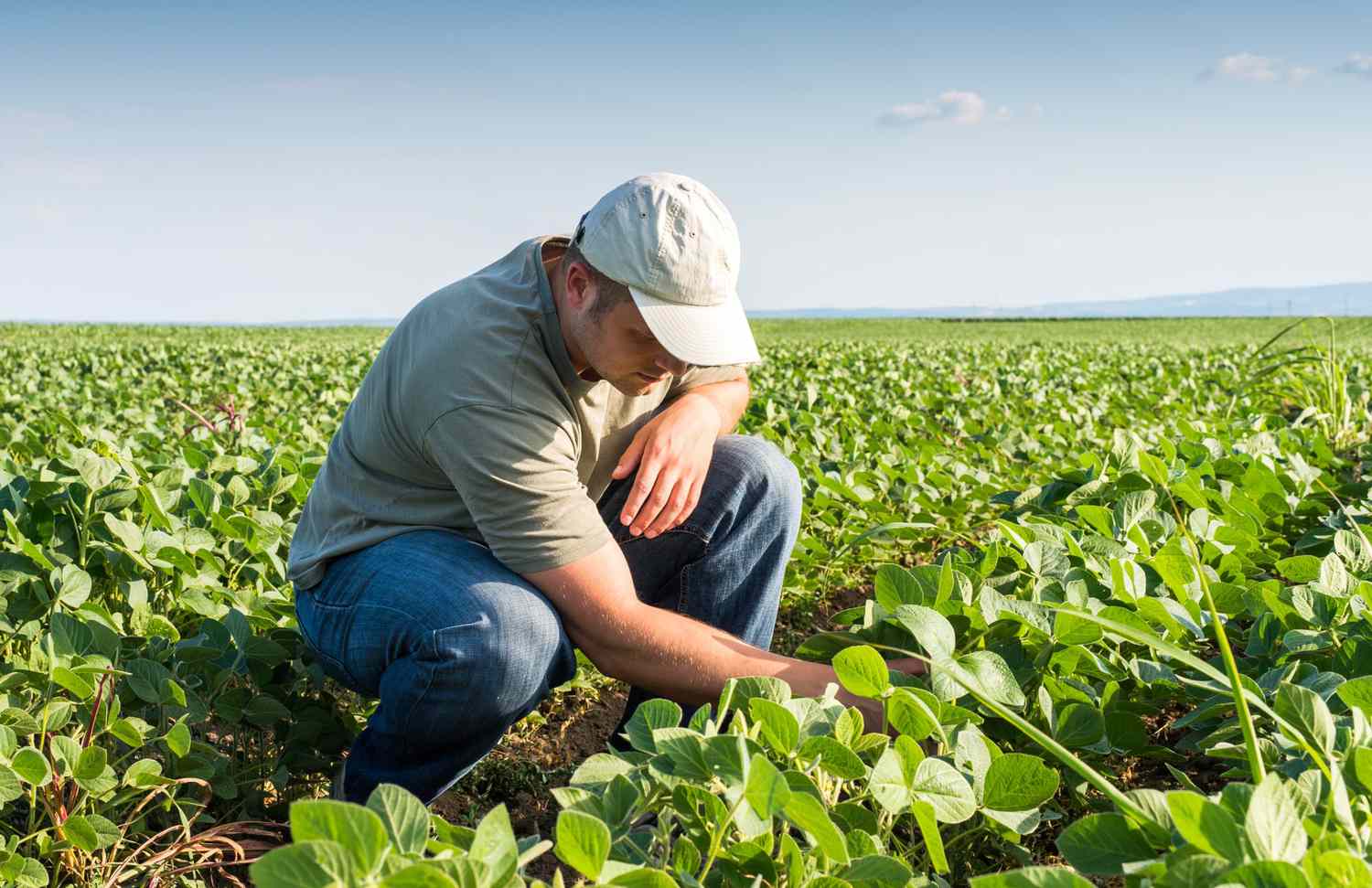

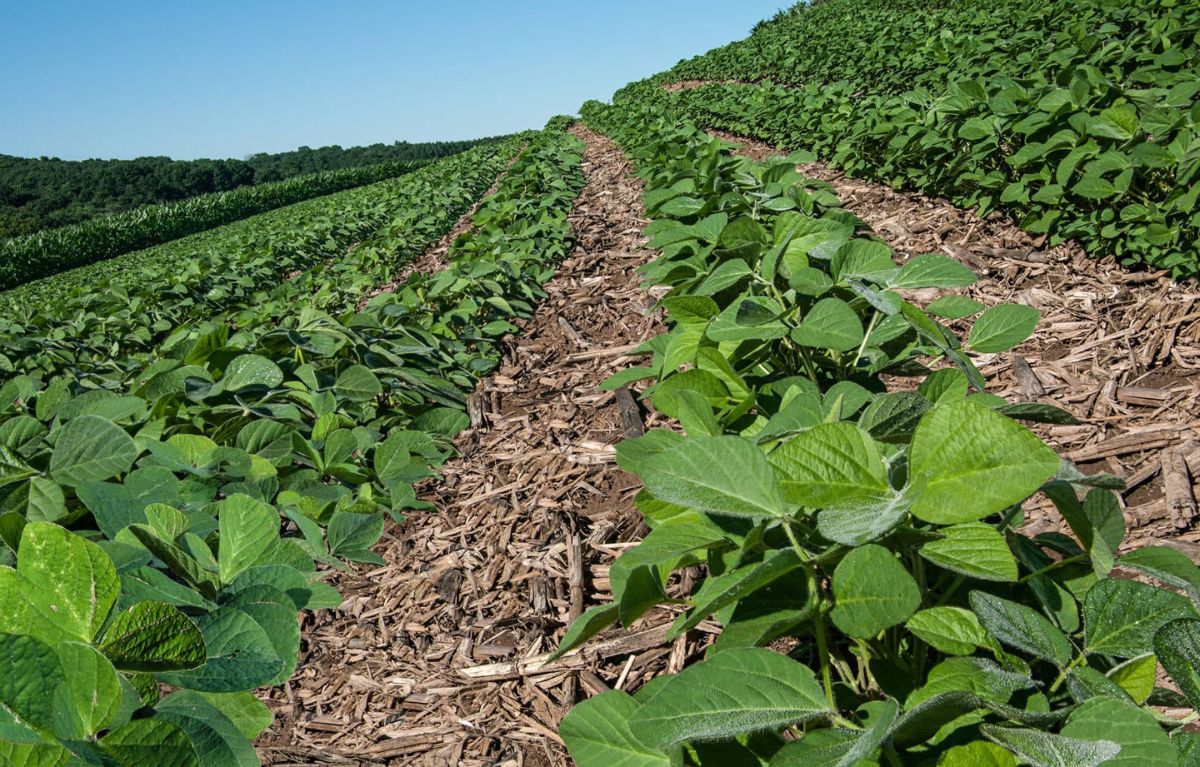
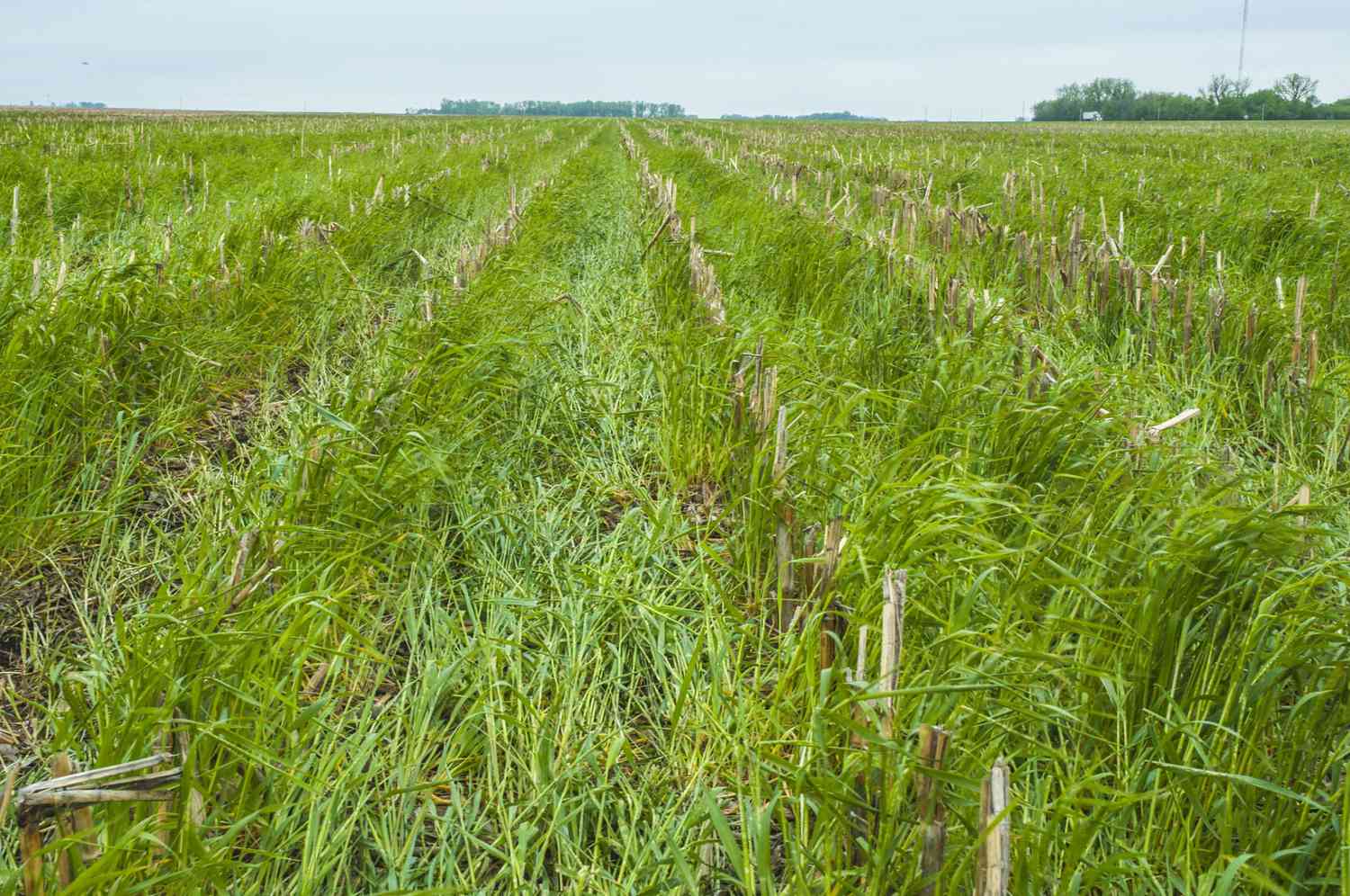


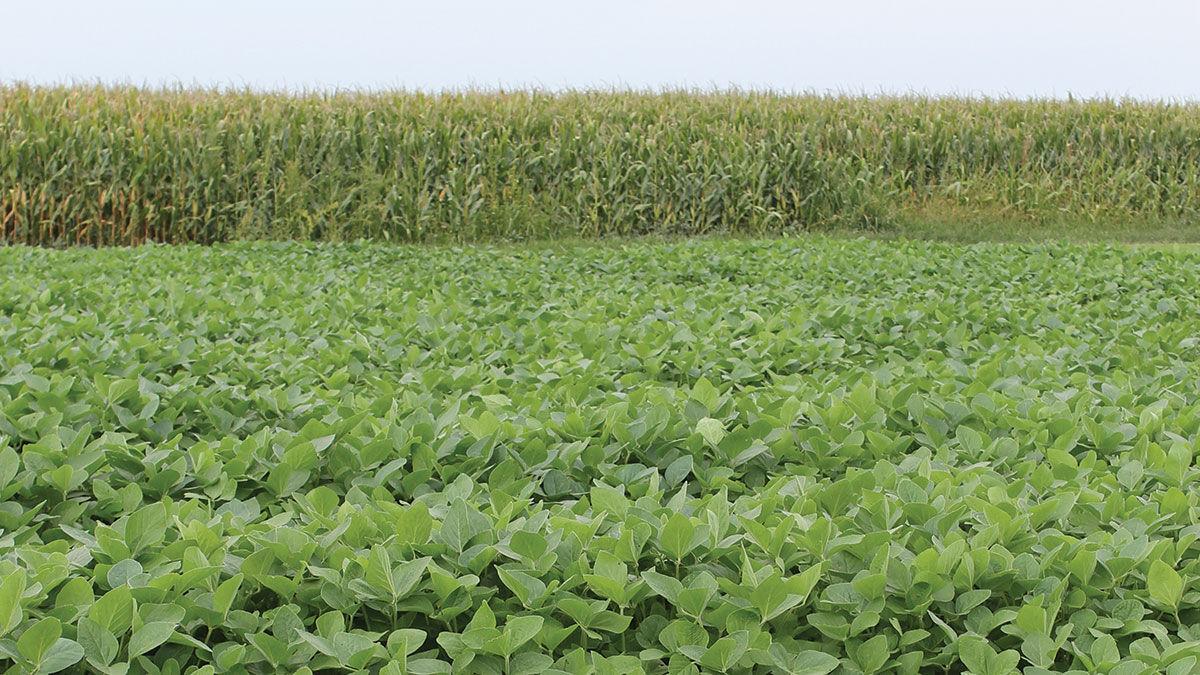
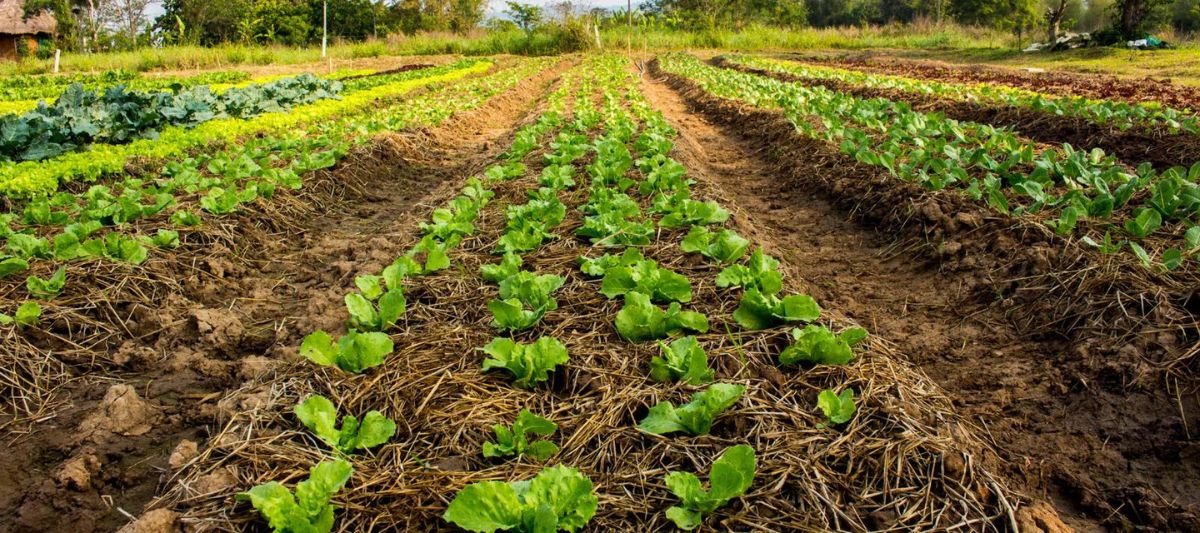
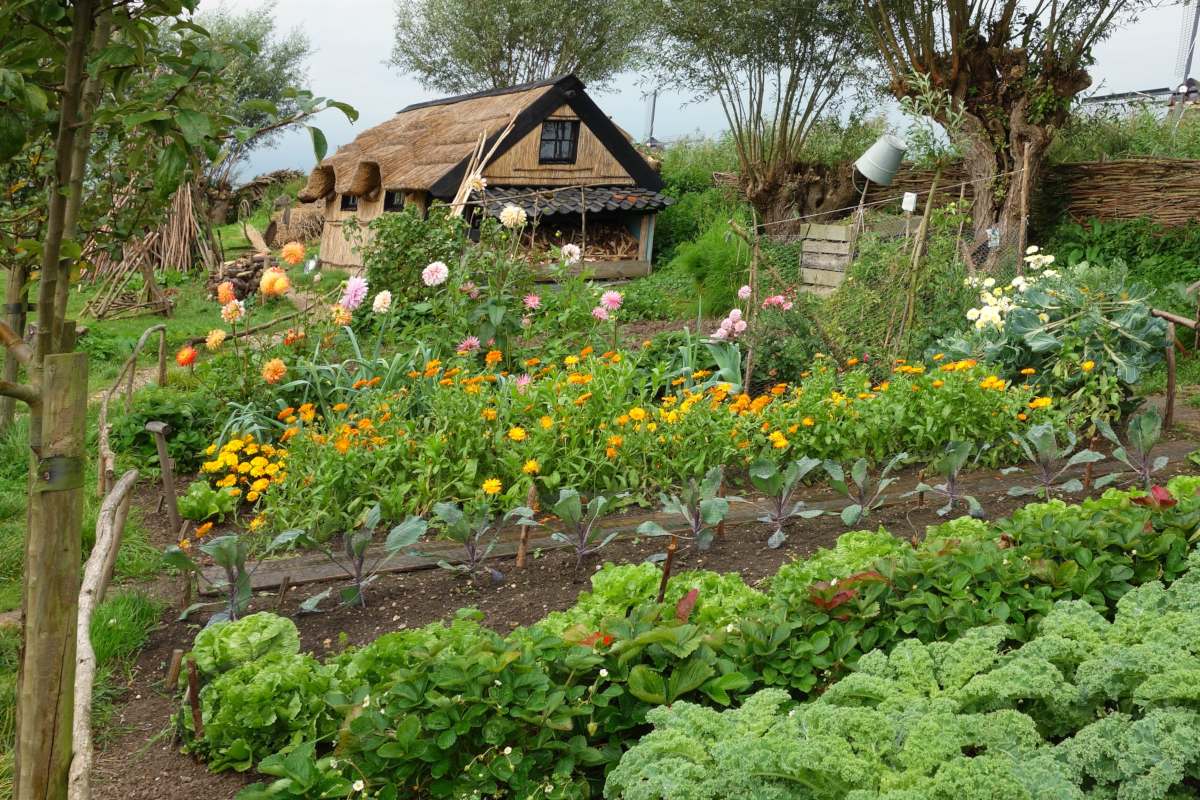
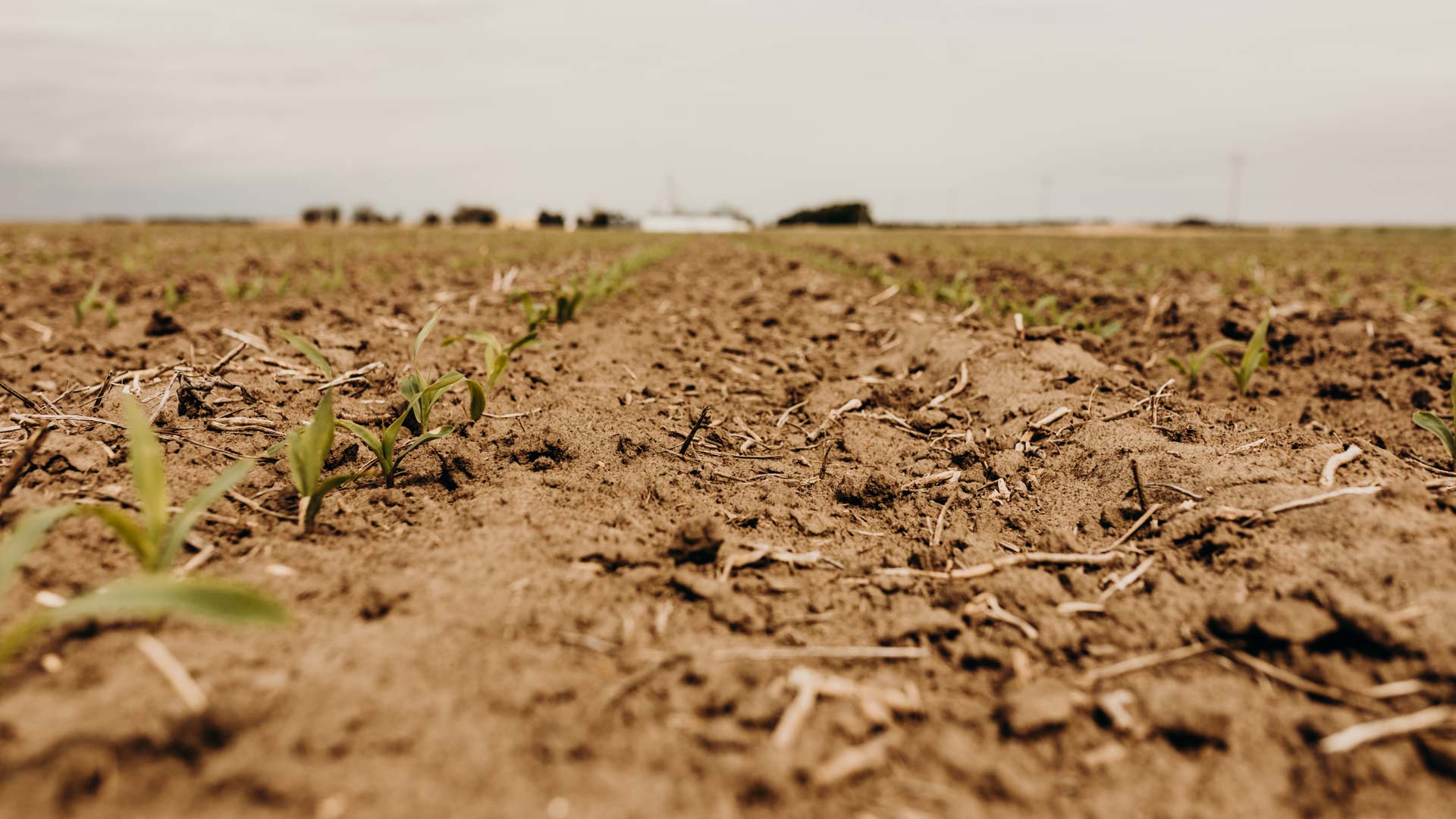
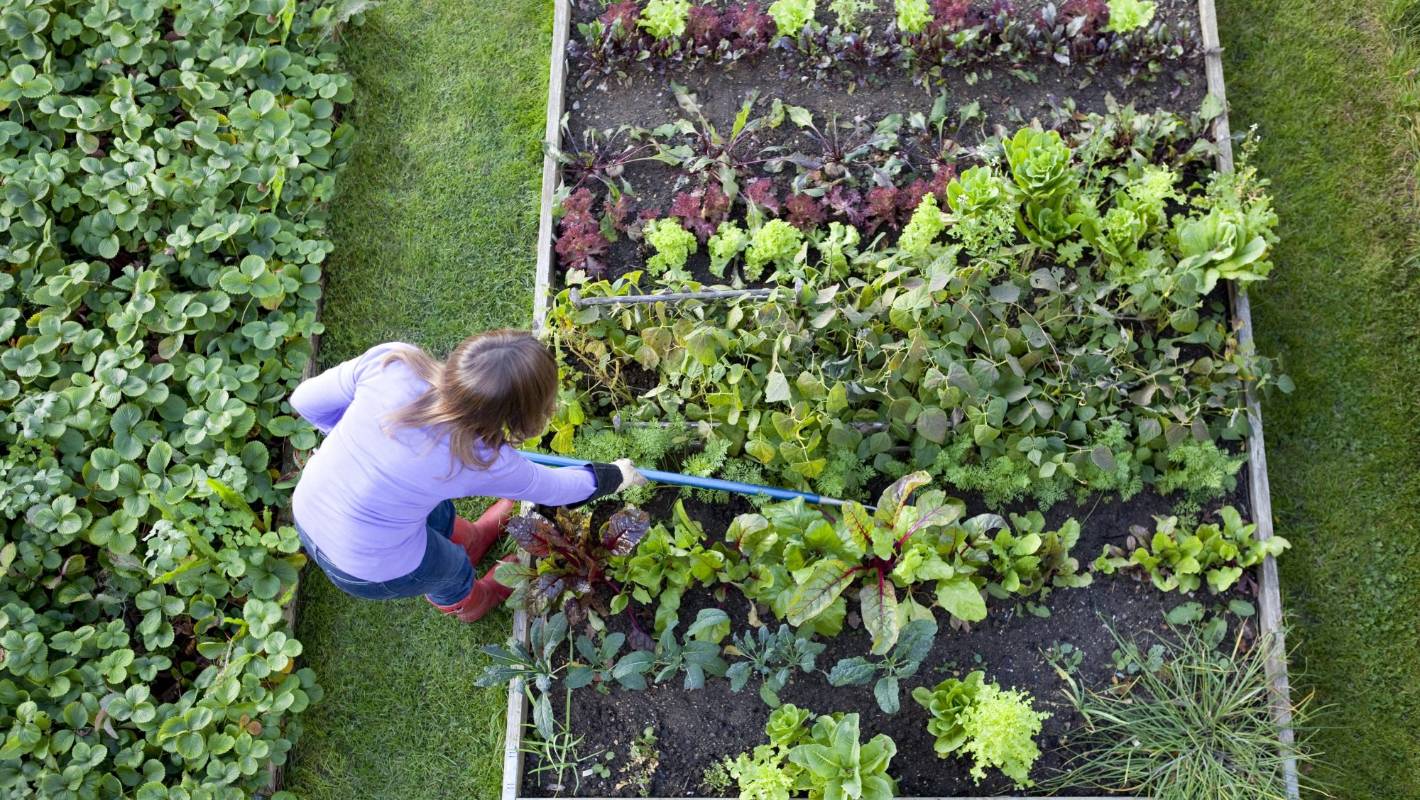
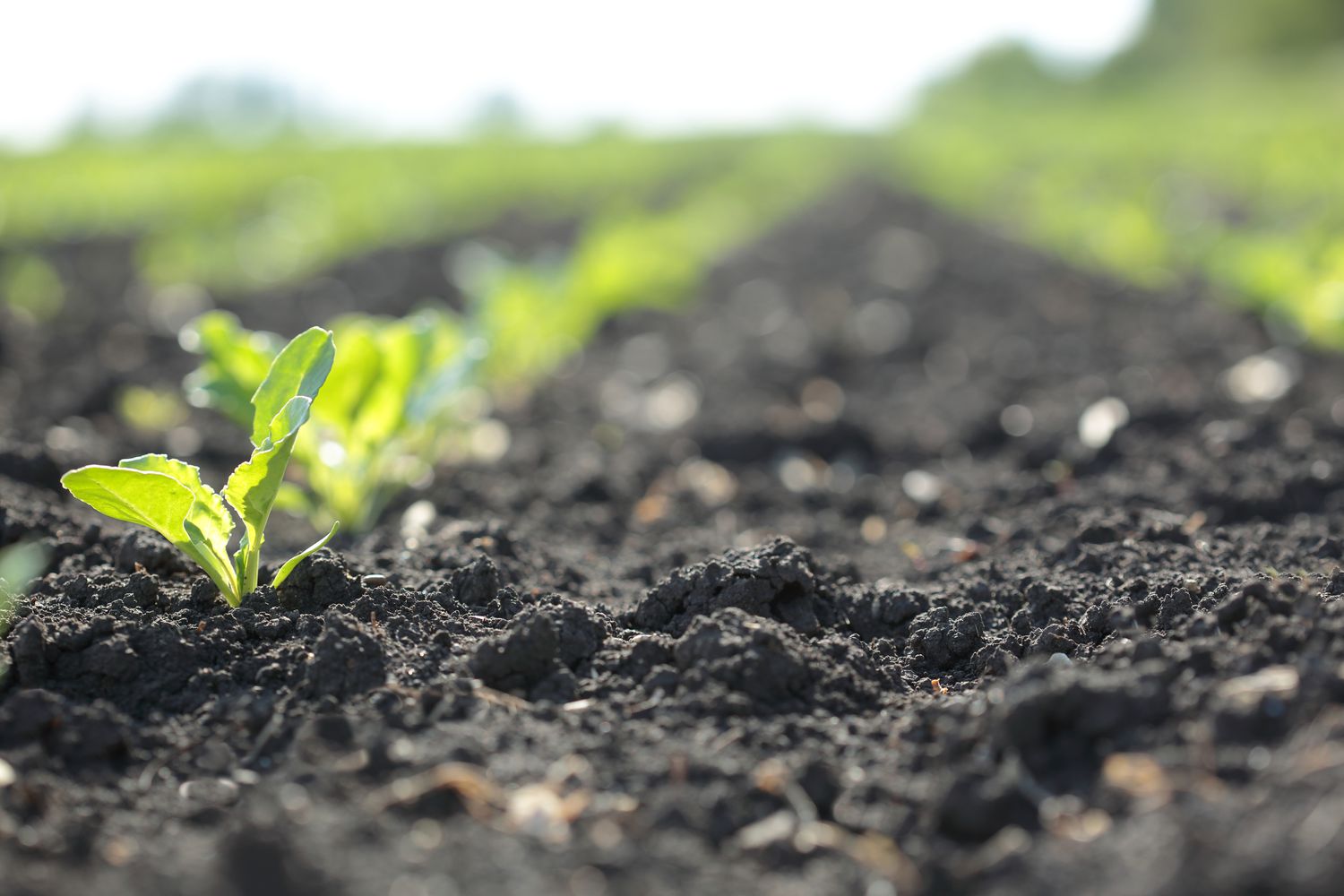

0 thoughts on “How Does Crop Rotation Minimize Pesticide Inputs”